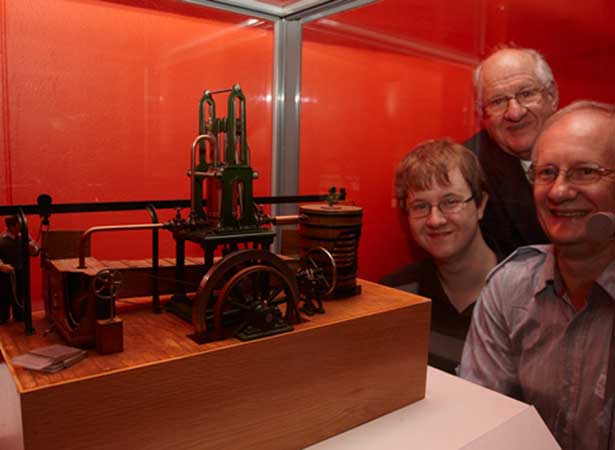
Enjoying a cold drink on a hot afternoon was not always as simple as adding ice from the freezer to water from the refrigerator. At one time the ice made a much longer journey.
On 22 January 1859, advertisements in the Nelson Examiner proclaimed:
SHERRY COBBLERS, ICED LEMONADE, Soda Water, Ginger Beer, for the first time in the Settlement. To be had of Robert Disher, Star and Garter Hotel, Richmond.
ICE. – JUST RECEIVED, the first importation of this most grateful luxury for the present season, a continual supply of which has been arranged for. To be had only of James Bentley, Bridge-street, Nelson. N.B. – Schweppe’s Soda Water, &c.
A taste for cocktails, and for using ice in drinks, probably travelled to Victoria, Australia with American miners during the 1851 gold rush, and reached New Zealand after the discovery of gold at Collingwood in 1857.
But where did this ice come from? Though West Coast glaciers were full of the stuff, transporting it overland or even by sea was impractical. The ice was probably made by the pioneer refrigeration engineer, James Harrison. In 1859 his Melbourne plant was producing 10 tons of ice a day. Once local demand was satisfied, New Zealand would have been an obvious export market.
The ice left Melbourne on the ship London in nine well-insulated cases and arrived in Sydney four days later. One case was then loaded on the 580-ton, 100-horsepower steam packet Lord Worsley, which departed from Sydney on 15 January and arrived in Nelson six days later. The ice was destined for the business of ‘Naish and Scaife’. The following day iced drinks were available in Nelson and Richmond.
While there do not seem to have been later imports of ice (probably because of the commercialisation of machinery to manufacture ice on demand), the technology needed to ship ice long distances helped create the frozen meat trade, brought the first salmon and trout ova to New Zealand, and was an ancestor of today’s house insulation.
Contributed by Nigel Isaacs
External links
How to cite this page
'Ice comes to Nelson', URL: https://nzhistory.govt.nz/page/ice-comes-nelson, (Ministry for Culture and Heritage), updated 13-Oct-2021
